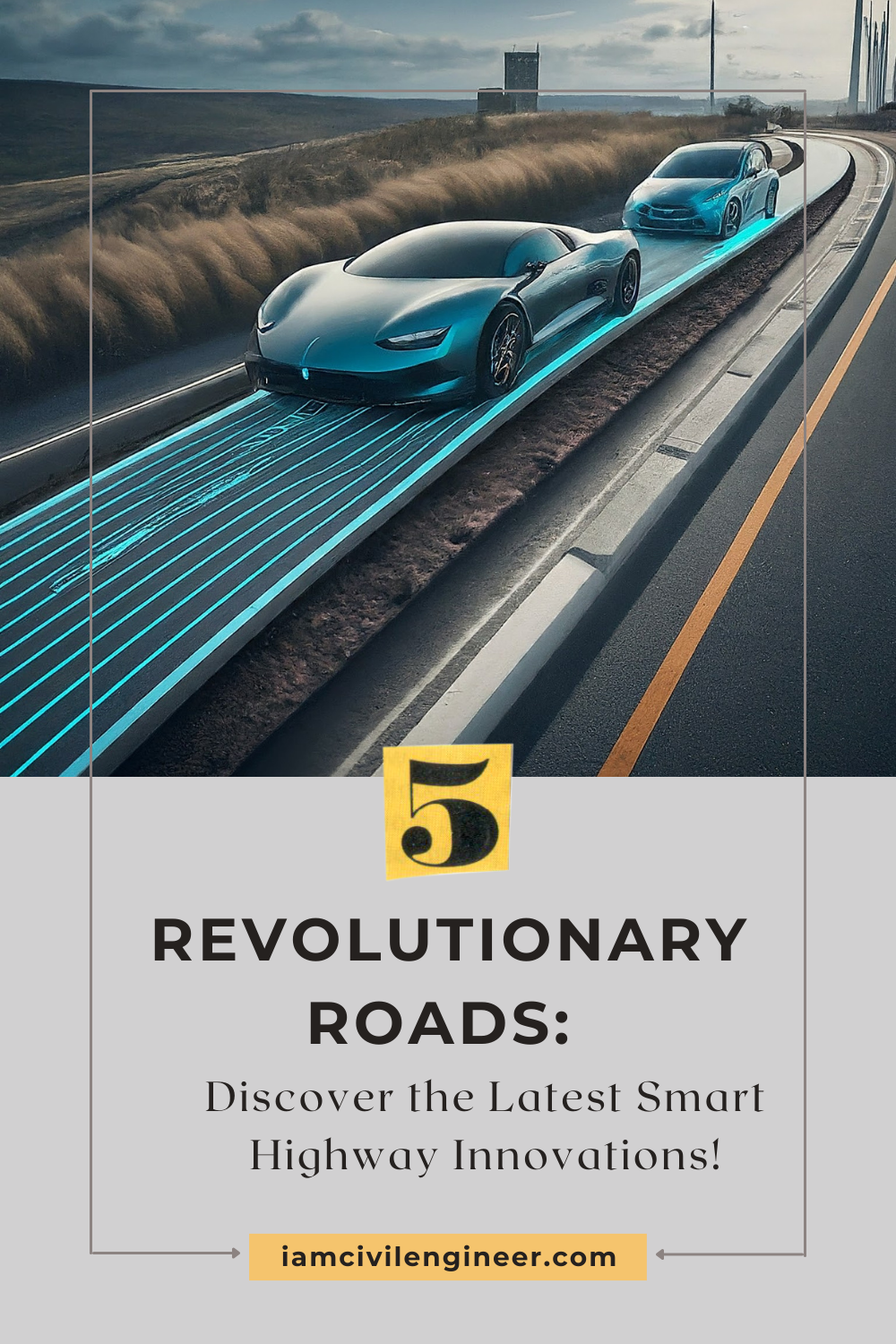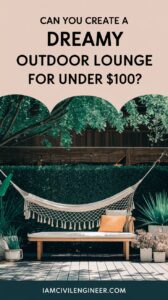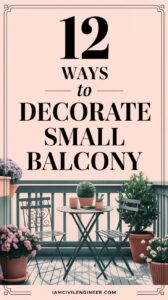Hello friends, have you ever heard of a road with a charging lane? Or a walkway that charges itself from your footsteps? How about a road that repairs its potholes without any external aid? Yes, we’re witnessing significant advancements in pavements and highways. Today, we’ll delve into the recent innovations and smart technologies revolutionizing the field of roadways.
Technology is penetrating every aspect of our lives in the 21st century. From smartwatches to smart refrigerators, technological dominance is evident. So, while we enjoy these smart gadgets, why should our roads remain just roads? Imagine roads that can repair themselves, report accidents, and even charge your car. Who wouldn’t want such roads?
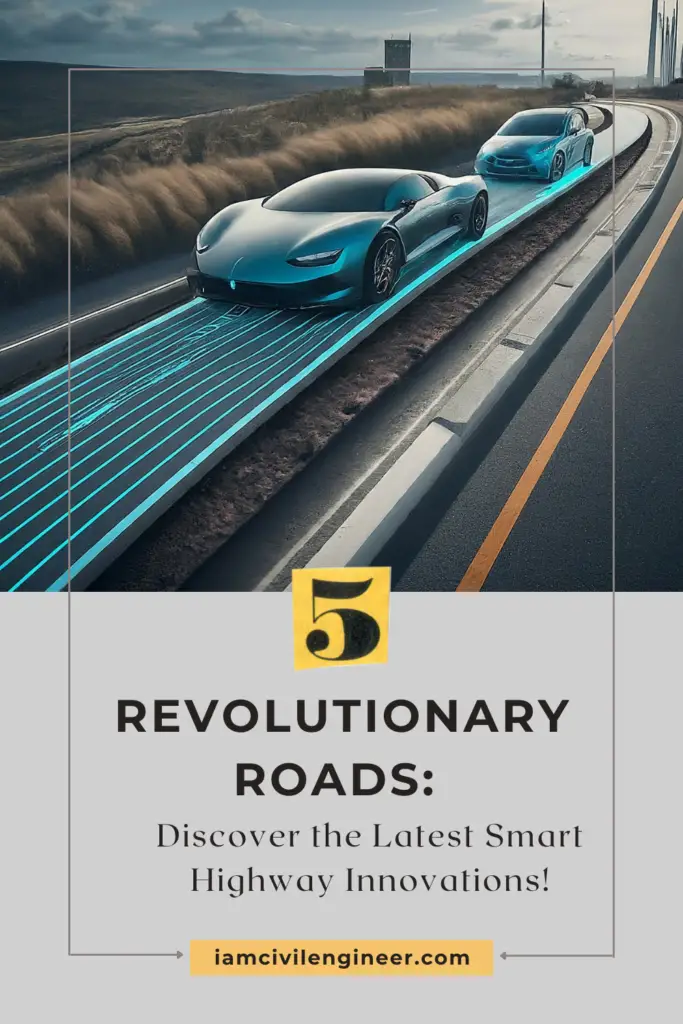
Self-Healing Roads
Traditional roads require significant machinery and effort for repairs. However, scientists in the Netherlands have developed self-healing roads. By incorporating small steel wool pieces into asphalt, they created a solution that responds to an induction machine. This machine generates a magnetic field, causing a current that heats and melts the asphalt slightly, repairing cracks. If this machine runs over the roads every four years, the lifespan of these roads can double from twelve to twenty-four years.
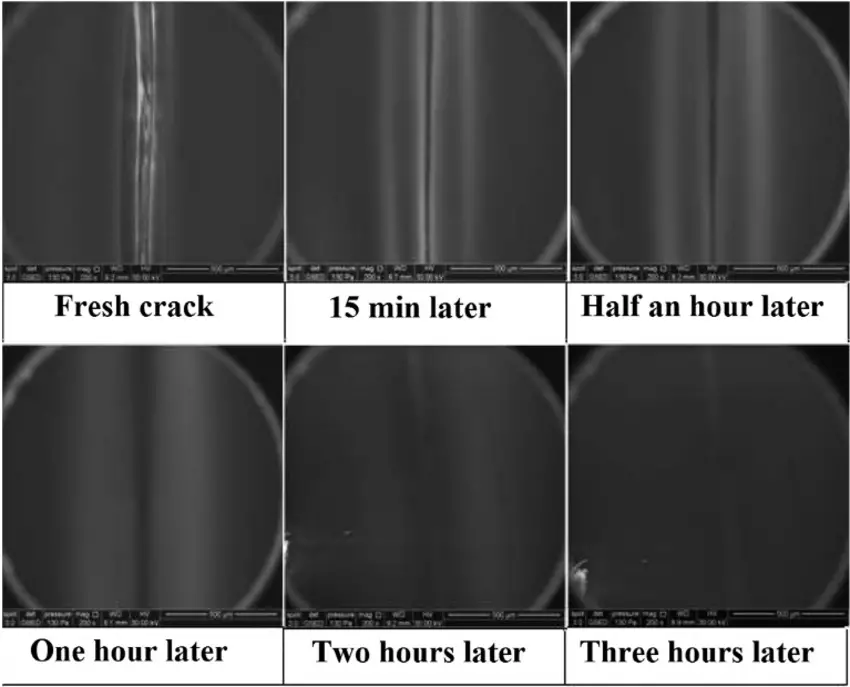
Smart Roads with Accident Reporting
In many countries, accident reporting relies on passersby contacting emergency services, which can delay response times. Smart roads, equipped with sensors and optical cables, solve this issue. These roads connect to cars and emergency services, detecting accidents and reporting them instantly. Additionally, with embedded optical cables, these roads can provide high-speed 5G internet, enhancing the efficiency of self-driving cars and reducing traffic jams.
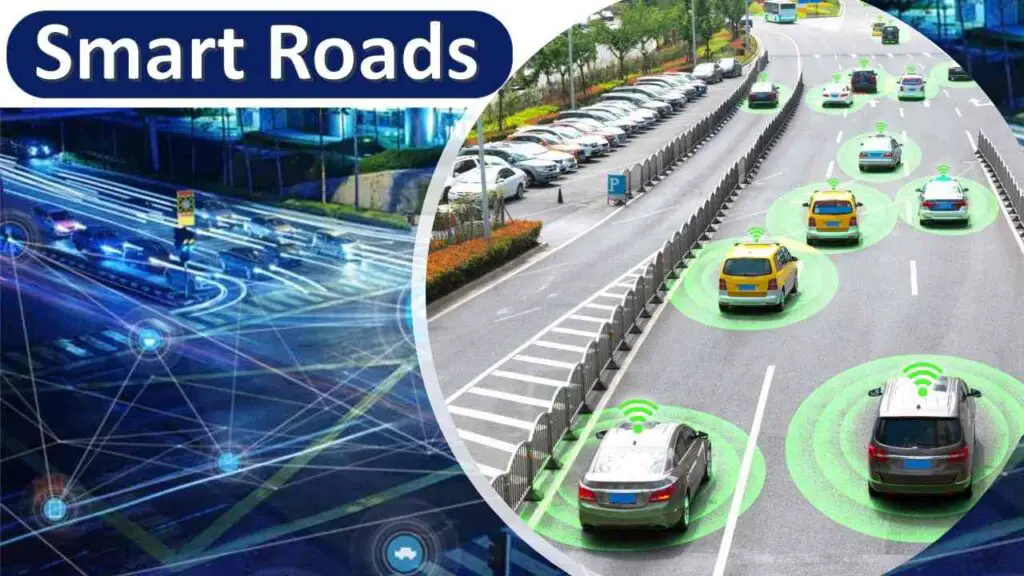
Electrified Roads
Sweden has pioneered electrified roads, starting with a two-kilometer stretch embedded with electric rails. As electric cars drive over these roads, they connect to the rails and charge their batteries. The Swedish government plans to extend this innovation to fifty kilometers, promoting sustainable transportation.
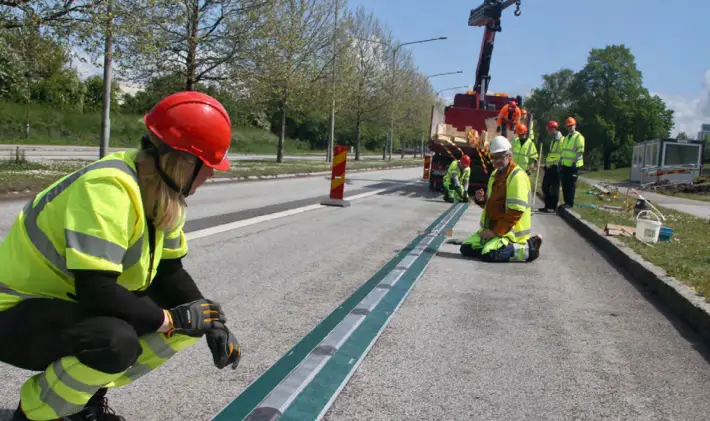
Wireless Charging Roads
Several companies are developing wireless charging roads. For instance, Electreon has created roads with embedded copper coils that wirelessly charge compatible cars. While about thirty percent of electricity is wasted in this process, the convenience of wireless charging is undeniable.
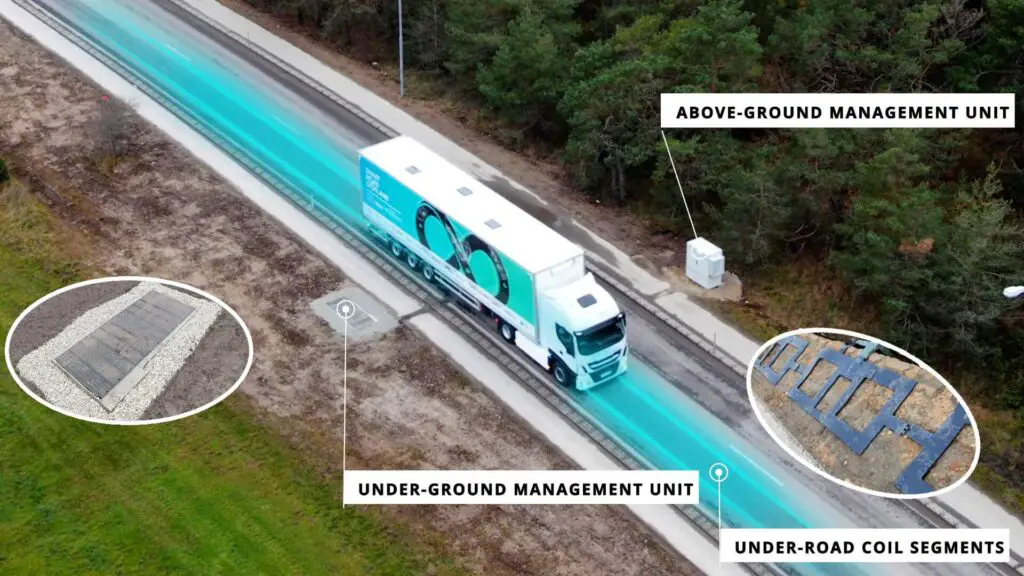
Glow-in-the-Dark Roads
Glow-in-the-dark roads use photoluminescent paint or materials that absorb sunlight during the day and emit a soft glow at night. This enhances nighttime visibility, reduces the need for street lighting, and improves road safety. These materials can be applied to lane markings, road signs, and other critical areas to ensure visibility in low-light conditions.
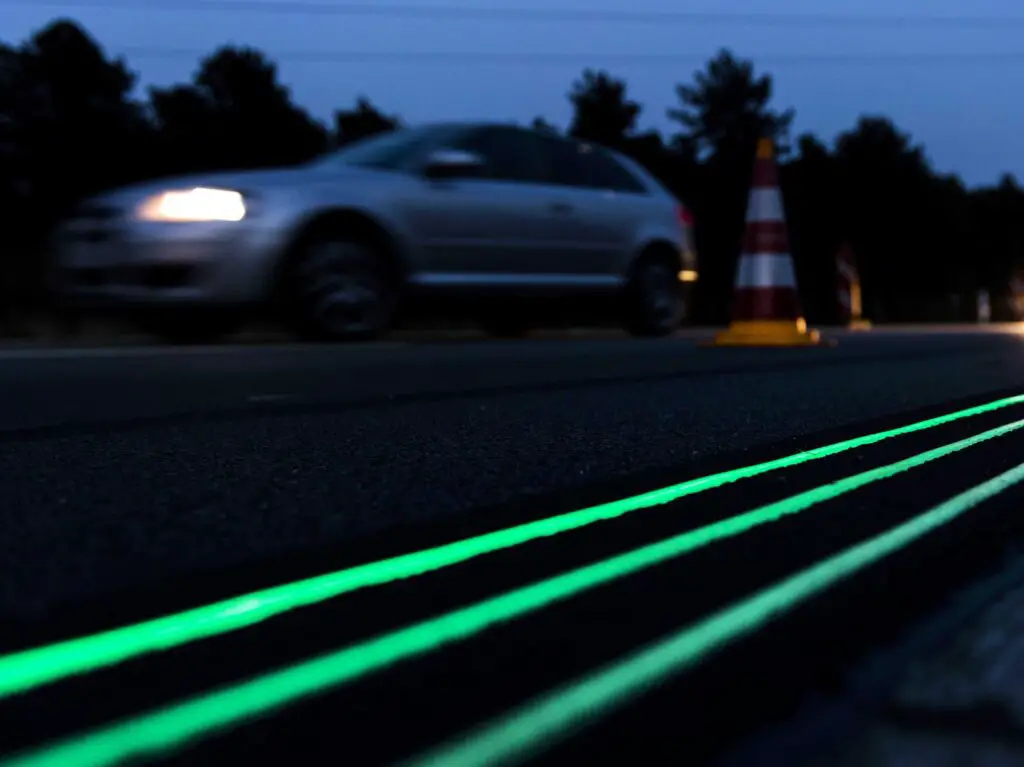
Dynamic Lanes and Smart Traffic Management
Dynamic lanes, utilizing LED lights embedded in the road surface, can change lane markings and directions based on traffic conditions. This helps manage congestion during peak hours and provides dedicated lanes for emergency vehicles. Coupled with smart traffic management systems, dynamic lanes optimize traffic flow and reduce delays.
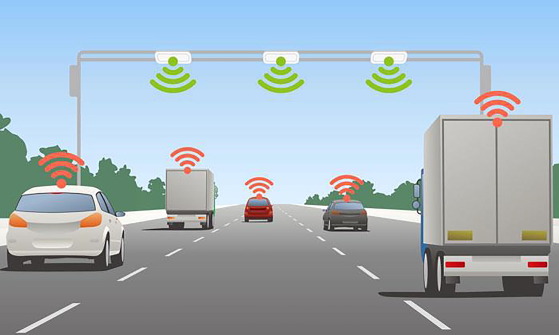
Conclusion
These advancements in road technologies are transforming the way we perceive and interact with our infrastructure. From self-healing roads to smart traffic management, the future of roadways is not just about getting from one place to another but doing so efficiently, safely, and sustainably. Embracing these innovations will pave the way for smarter, more connected cities.

